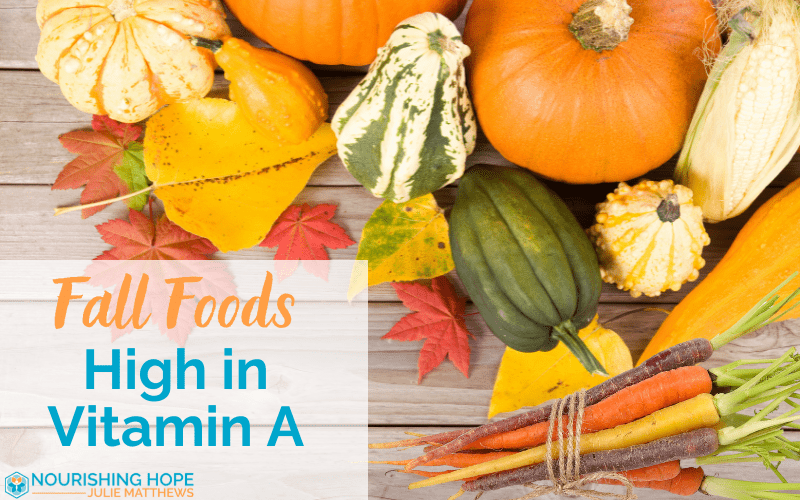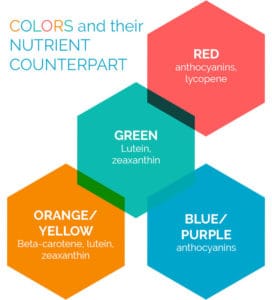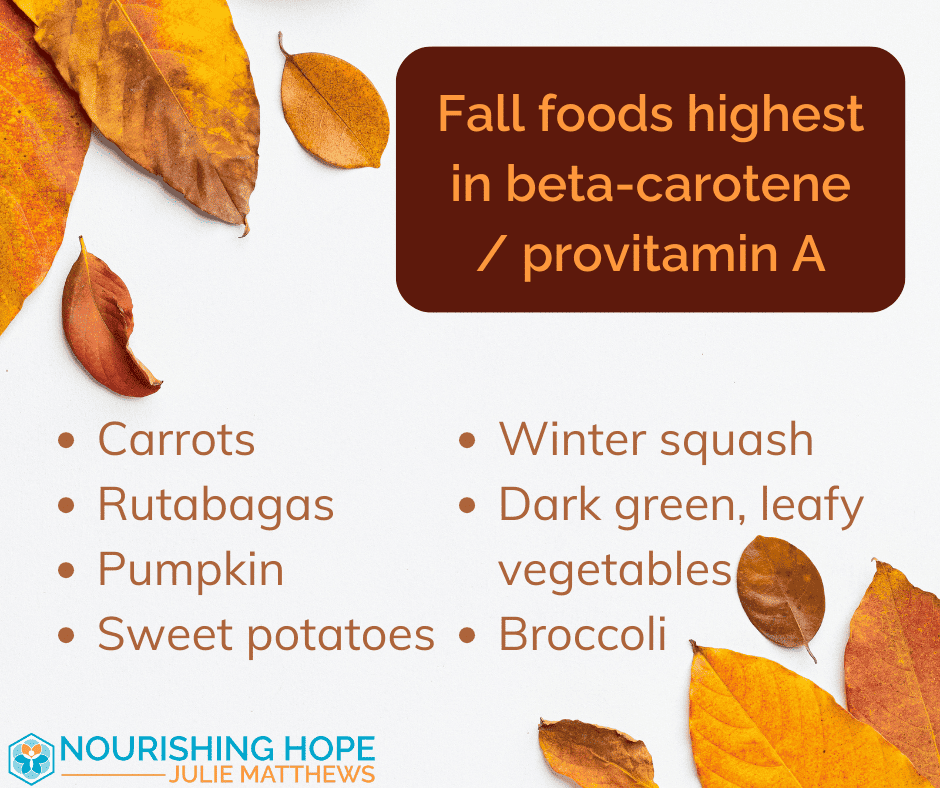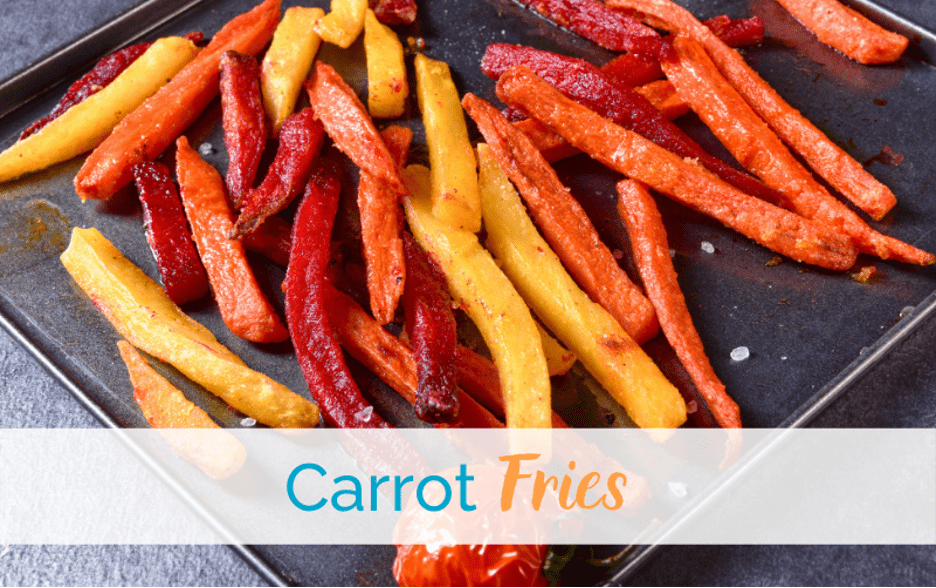
As the weather changes and we begin to move into fall, it is always a good time to look at how our nutritional changes can support our overall health and wellness. Fall and winter are notorious for colds and flus and right now, I am sure many of us are focused on how to support ourselves nutritionally through the colder months.
Vitamin A
That’s where vitamin A can come in! This vitamin is critical for maintaining your body’s natural defenses. These defenses include the mucous barriers in your eyes, lungs, gut, and genitals which are designed to help trap bacteria and other infectious agents.
Vitamin A is also involved in the production and function of white blood cells, their job is to help capture and clear bacteria and other pathogens from your bloodstream.
This means that when you are deficient in vitamin A, that can increase your susceptibility to infections or delay your recovery when you do get sick. [1] [2]
In countries where infections like measles and malaria are common, addressing vitamin A deficiency in children has been shown to decrease the mortality risk of these diseases. [3]
But first, let’s back up a little and discuss vitamin A.
Beta-carotene and Provitamin A
 Vitamin A (retinol) is a fat-soluble vitamin that is converted from carotenes, the most popular being beta-carotene. Beta-carotene is pigment found in produce that gives it its red-orange and yellow color. For more on the corresponding colors and nutritional value of produce see my article on Using Rainbows to Teach Good Nutrition.
Vitamin A (retinol) is a fat-soluble vitamin that is converted from carotenes, the most popular being beta-carotene. Beta-carotene is pigment found in produce that gives it its red-orange and yellow color. For more on the corresponding colors and nutritional value of produce see my article on Using Rainbows to Teach Good Nutrition.
Therefore, beta carotene rich foods are considered “provitamin A” foods, as the beta-carotene converts to vitamin A. Fats and oils along with your consumption of provitamin A foods improves the conversion to vitamin A. So adding some salad dressing, or other oil to your vegetables has a great purpose beyond just great taste!
Animals make vitamin A, so foods such as liver, egg yolks, and salmon are rich in vitamin A.
Additionally, Mother Nature is smart, and the vegetables rich in provitamin A that we need most to build a strong immune system in the fall and winter are plentiful this time of year.

So which fall foods are highest in beta-carotene/provitamin A?
- Carrots
- Rutabagas
- Pumpkin
- Sweet potatoes
- Winter squash
- Dark green, leafy vegetables
- Broccoli
Meal Ideas and Recipes
I try to work these foods into our weekly menu.
Roasted fall vegetables are easy and delicious and can go with virtually any protein.
Pumpkin muffins with reduced sugar or stevia can be a wonderful way to get some nutrition into smaller children.
And sweet potatoes are another great option, roasted, cut into fries, or even mashed, they are delicious ways to boost these high vitamin A foods.
Check out my Candied Ginger Spaghetti Squash and Carrot Fries recipes.

Carrot Fries

This is a great recipe because it’s compatible with so many diets. To make it low salicylate or SAG, use a compliant oil such as sunflower oil.
Ingredients
- 6-8 Carrots
- Avocado oil or melted expeller-pressed coconut oil
- Salt
Directions
Preheat oven to 425 degrees.
Slice carrots (peeled or unpeeled is up to you) into fries. Not peeled will have more nutrients and will waste less, especially for thin and colored carrots.
Toss raw carrot fries in oil until they are coated. Spread out into a single layer on a baking sheet. Sprinkle salt on fries.
Bake at 425 degrees for 35-45 minutes, turning fries occasionally for even browning.
Fall is the perfect time to boost these nutrient-dense foods and really enjoy the warming flavors so prevalent in this season. Share with me some of your favorite fall foods!
References
- Sommer, Alfred, Joanne Katz, and Ignatico Tarwotjo. “Increased risk of respiratory disease and diarrhea in children with preexisting mild vitamin A deficiency.” The American journal of clinical nutrition 40, no. 5 (1984): 1090-1095.
- Stephensen, Charles B. “Vitamin A, infection, and immune function.” Annual review of nutrition 21, no. 1 (2001): 167-192.
- Patel, Sapna, and Michael Vajdy. “Induction of cellular and molecular immunomodulatory pathways by vitamin A and flavonoids.” Expert opinion on biological therapy 15, no. 10 (2015): 1411-1428.




Very informative and will definitely start eating more of these foods and the recipes.